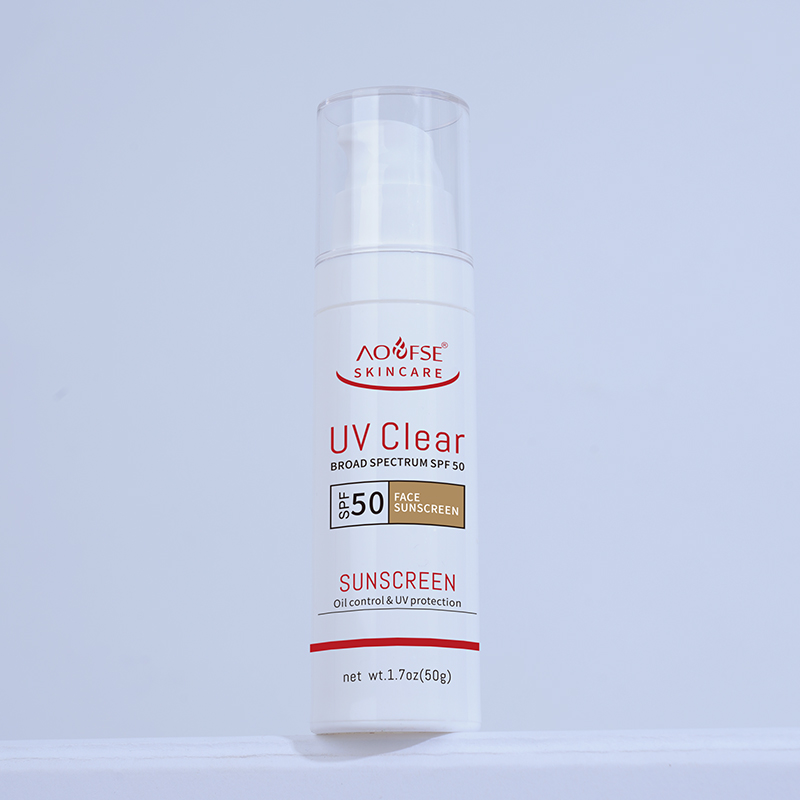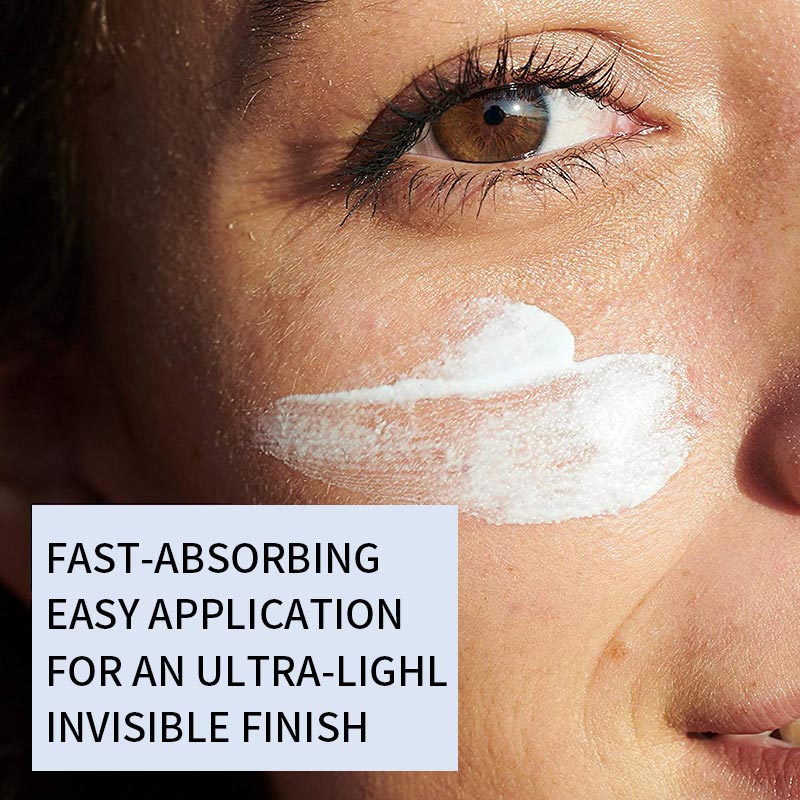Sunscreen is an essential part of our daily skincare routine, offering protection against the harmful effects of the sun's ultraviolet (UV) rays. However, not all sunscreens are created equal. Some contain ingredients that may be harmful to our health and the environment. In this article, we will explore the differences between chemical and mineral sunscreens, identify harmful sunscreen ingredients to avoid, and provide guidance on choosing safe sunscreen alternatives.
Sunscreens are designed to protect the skin from UV radiation, which can cause sunburn, premature aging, and even skin cancer. They work by either absorbing or reflecting UV rays. There are two main types of sunscreens: chemical and mineral.

-
Chemical Sunscreens: These contain organic (carbon-based) compounds like oxybenzone, avobenzone, and octisalate. They absorb UV radiation and convert it into heat, which is then released from the skin. Chemical sunscreens are often preferred for their lightweight and easy-to-apply formulas. However, they require about 20 minutes to become effective after application.
-
Mineral Sunscreens: Also known as physical sunscreens, these use natural minerals such as zinc oxide and titanium dioxide to create a physical barrier on the skin that reflects UV rays. Mineral sunscreens provide immediate protection and are generally considered safer for sensitive skin and the environment.
Recent studies and regulatory updates have raised concerns about certain chemical sunscreen ingredients. Here are some to watch out for:
-
Oxybenzone: Known for its potential to disrupt hormones and cause allergic reactions. It is also harmful to coral reefs, leading to bans in some regions.
-
Octinoxate: Like oxybenzone, it can disrupt endocrine functions and is banned in areas to protect marine life.
-
Homosalate: Concerns have been raised about its ability to penetrate the skin and disrupt hormones.
-
Octocrylene: Can be contaminated with benzophenone, a potential carcinogen, and may disrupt hormones.
-
Avobenzone: Although effective against UVA rays, it can degrade in sunlight, necessitating stabilizers that may cause allergic reactions.

The FDA has proposed that only zinc oxide and titanium dioxide are "generally recognized as safe and effective" (GRASE). Other chemical ingredients require further safety data.
For those seeking safer options, mineral sunscreens are a recommended choice. They offer broad-spectrum protection without the risks associated with chemical absorption. Here are some benefits:
- Immediate Protection: Mineral sunscreens start working as soon as they are applied.
- Suitable for Sensitive Skin: They are less likely to cause irritation or allergic reactions.
- Environmentally Friendly: They do not harm coral reefs and marine life.
When choosing a sunscreen, look for labels indicating "broad-spectrum" protection, an SPF of 30 or higher, and water resistance. These features ensure comprehensive protection against both UVA and UVB rays.
Understanding sunscreen labels can help you make informed choices. Here are some key terms to look for:
- Broad-Spectrum: Indicates protection against both UVA and UVB rays.
- SPF (Sun Protection Factor): Measures protection against UVB rays. An SPF of 30 blocks about 97% of UVB rays.
- Water-Resistant: Indicates the sunscreen's effectiveness after exposure to water or sweat. Reapply every two hours for optimal protection.
Q: Are mineral sunscreens better than chemical sunscreens?
A: Mineral sunscreens are generally considered safer for sensitive skin and the environment. However, the best sunscreen is one that you will use consistently.
Q: Can chemical sunscreens harm my health?
A: Some chemical ingredients can be absorbed into the bloodstream, but more research is needed to determine their long-term effects. Choosing mineral sunscreens can mitigate these concerns.
Q: How often should I reapply sunscreen?
A: Reapply every two hours, or more frequently if swimming or sweating.
Choosing the right sunscreen is crucial for protecting your skin and health. While chemical sunscreens offer convenience, their potential risks make mineral sunscreens a safer alternative. By understanding bad sunscreen ingredients and opting for safer options, you can enjoy the sun responsibly. Remember to check labels for broad-spectrum protection and reapply regularly to maintain effective coverage.


